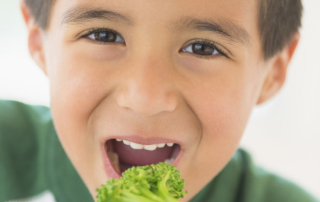Helping Your Child When a Grandparent Is Ill
From surgeries to outpatient cancer treatments, there are many acute or ongoing health-related issues that our family members may encounter. For many children, a grandparent’s serious illness is their first experience with a loved one being sick. Even when these illnesses aren’t life-threatening, they can be upsetting and difficult for children to understand. Experts agree that the best way to help your children cope with a grandparent’s illness is to be honest about the situation. Even if you don’t say anything to your child about a grandparent’s illness, your child may notice changes in grandma or grandpa’s mood, activities, and/or energy level. They may notice that they haven’t been seeing their grandparent as regularly. If you don’t provide an explanation for a grandparent’s changes and/or absences, children are likely to make up stories to explain the situation to themselves. As social workers who specialize in caring for children have noted, the stories that children make up can be more scary than their actual family situations. The key in telling your child about a grandparent’s illness is being honest without over-sharing. Kids don’t need—or want—to know everything about a medical situation. Young children won’t be able to understand medical details, and for a child of any age, too much information at one time can result in a feeling of overwhelm. It’s important to respect your own feelings, too, about your parent’s illness and to find a way of talking to your child that seems right to you. When your parent is ill, you’re experiencing your own stress, anxiety, and so on. Be sure to take a quiet moment to gather your thoughts and carefully plan what you want to share with your child. Choose a time [...]







